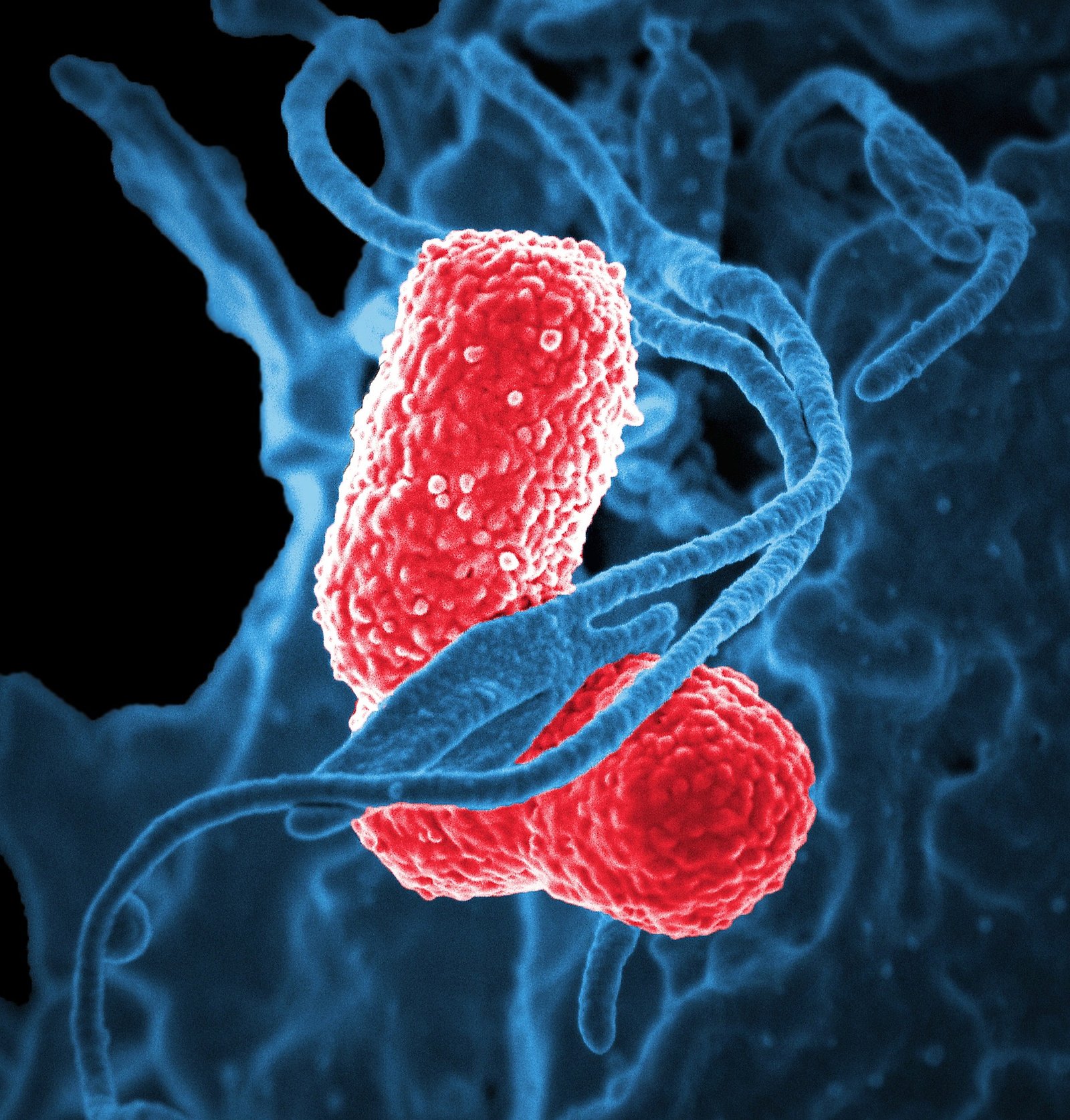An easy-to-use software program has been developed by Washington State University which can identify drug-resistant genes in bacteria.
Deadly antimicrobial resistant bacteria present in the environment could easily be identified through this software programme, says the study published in the journal Scientific Reports.
The study has been conducted by a team of researchers including PhD computer science graduate Abu Sayed Chowdhury, Shira Broschat in the School of Electrical Engineering and Computer Science, and Douglas Call in the Paul G. Allen School for Global Animal Health.
“We need to develop tools to easily and efficiently predict antimicrobial resistance that increasingly threatens health and livelihoods around the world,” said Chowdhury, lead author on the paper.
The WSU research team developed a machine-learning algorithm that uses features of AMR proteins rather than the similarity of gene sequences to identify AMR genes. The researchers used game theory, a tool that is used in several fields, especially economics, to model strategic interactions between game players, which in turn helps identify AMR genes.
You May Like To Read: WHO Stresses Need For New Treatments To Reduce Antimicrobial Resistance
Using their machine learning algorithm and game theory approach, the researchers looked at the interactions of several features of the genetic material, including its structure and the physiochemical and composition properties of protein sequences rather than simply sequence similarity.
“Our software can be employed to analyze metagenomic data in greater depth than would be achieved by simple sequence matching algorithms,” Chowdhury said. “This can be an important tool to identify novel antimicrobial resistance genes that eventually could become clinically important.”
“The virtue of this program is that we can actually detect AMR in newly sequenced genomes,” Broschat said. “It’s a way of identifying AMR genes and their prevalence that might not otherwise have been found. That’s really important.”
Antimicrobial resistance (AMR) occurs when bacteria or other microorganisms evolve or acquire genes that encode drug-resistance mechanisms. Bacteria that cause staph or strep infections or diseases such as tuberculosis and pneumonia have developed drug-resistant strains that make them increasingly difficult and sometimes impossible to treat.
The problem is expected to worsen in future decades in terms of increased infections, deaths, and health costs as bacteria evolve to “outsmart” a limited number of antibiotic treatments.








